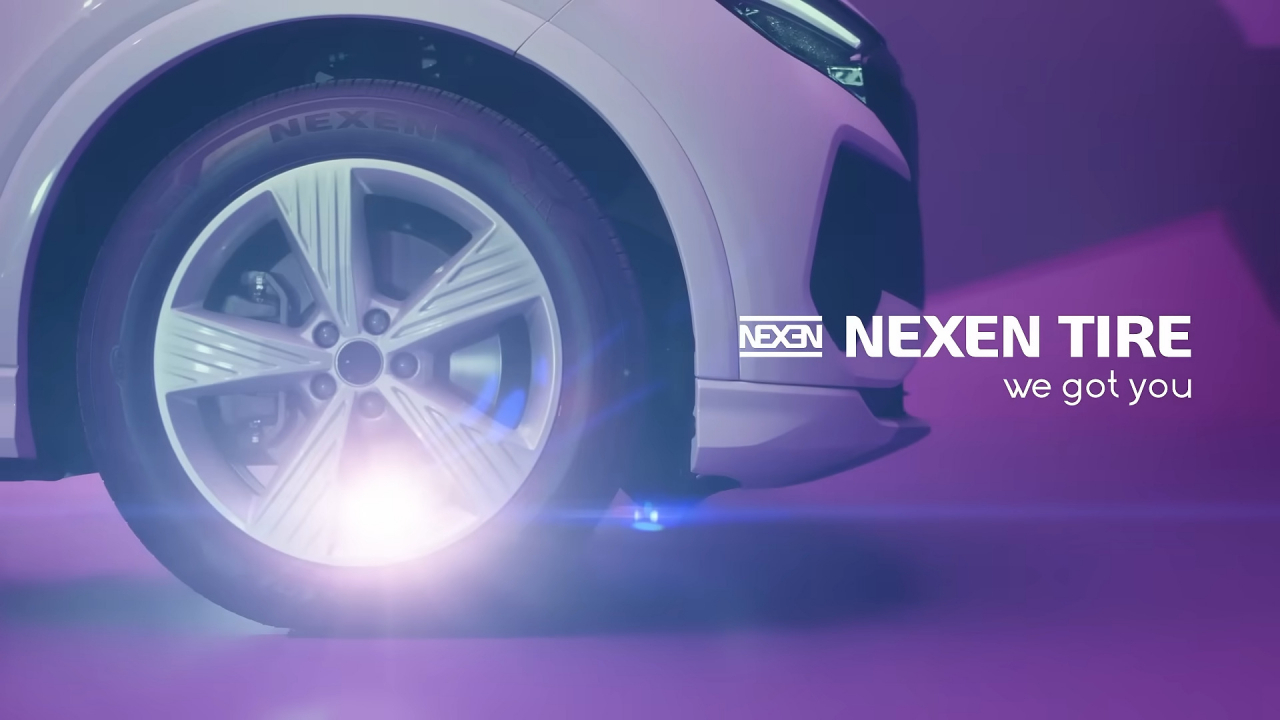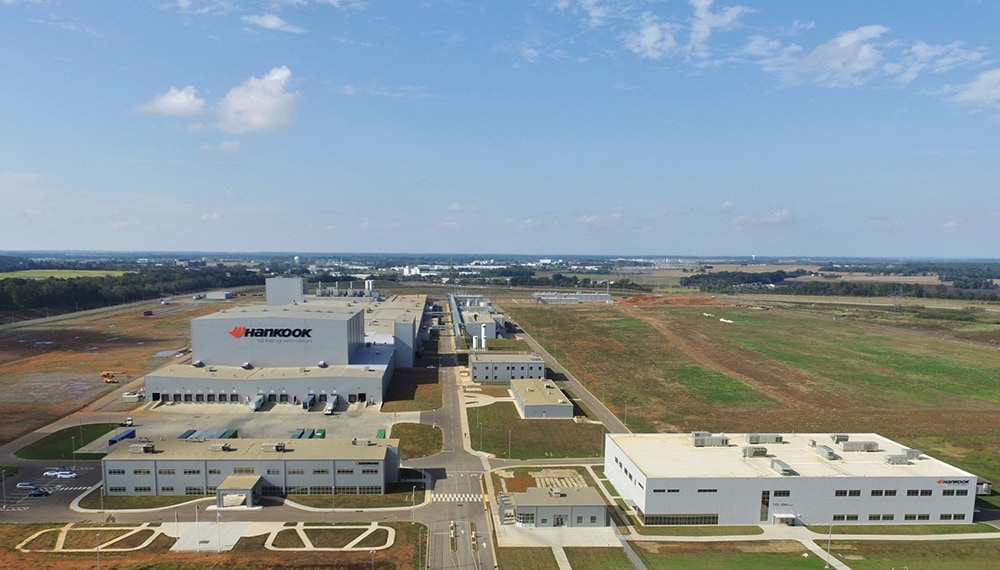 |
In March, Nexen Tire debuted its "Next Evolution" TV commercial to showcase its new range of tires engineered for electric vehicles. (Nexen Tire) |
South Korea’s top three tire manufacturers -- Hankook Tire, Kumho Tire and Nexen Tire -- showed mixed financial performances in the third quarter as they grappled with rising costs and softer demand in the automotive market. While Hankook and Kumho managed to post strong profits, Nexen struggled amid rising shipping expenses and weaker demand in North America.
Hankook Tire led the pack, hitting a new record for quarterly sales at 2.44 trillion won ($1.77 billion), up 4.1 percent from last year. Operating profit also surged to 472 billion won, an 18.6 percent increase, giving the company one of its best profit margins yet at 19.3 percent. The boost came from strong demand for premium products: nearly 45 percent of Hankook’s sales came from high-value, 18-inch-and-larger tires for passenger cars and light trucks.
“The focus on premium, high-margin products, combined with stable pricing, has really driven profitability for us in a challenging market,” said an official from Hankook Tire.
Kumho Tire, the second-largest player, also had a solid quarter., with sales rising 14.1 percent to 1.12 trillion won and operating profit jumping 45.7 percent to 789 billion won. This gave Kumho a healthy 12.6 percent profit margin, sustaining four straight quarters of double-digit profitability. Like Hankook, Kumho is focusing on larger, higher-margin tires -- sales of 18-inch-and-up tires rose to nearly 42 percent of its total, up from 38 percent last year.
Nexen Tire, however, faced a tougher quarter. While sales grew 2.3 percent to 708.5 billion won, operating profit dropped 25 percent to 52.3 billion won, and net income slid into the red with a 700 million loss. Although Nexen also increased its share of high-inch tire sales, weaker demand in North America and rising shipping costs weighed heavily on profits.
Nexen’s limited overseas production
One key factor behind these mixed results between the three companies is the level of overseas production, which helps offset high freight costs. Both Hankook and Kumho produce over half their tires outside South Korea, with Hankook leading at 67.5 percent overseas production. In contrast, Nexen only has 35.5 percent of its manufacturing capacity abroad, making it more vulnerable to shipping cost increases. Shipping rates have soared this year, with the Shanghai Container Freight Index tripling compared to last year, putting pressure on companies that rely heavily on exports.
"Freight costs don’t impact earnings as directly as raw material prices, but differences in transportation costs are inevitable based on the share of overseas production. Locating factories near key markets helps control these expenses,” explained an industry insider.
 |
On Aug. 29, 2022, Hankook Tire announced a $1.6 billion investment to expand its Tennessee plant, adding 1,200 jobs and launching US production of truck and bus tires. (Hankook Tire) |
Looking ahead, all three companies are planning to expand their overseas production to mitigate these logistical costs. Hankook is expanding its plant in Tennessee, as well as its facility in Hungary, which serves the European market. Kumho is ramping up production at its plant in Vietnam, aiming to increase output from 27 million tires in 2022 to over 35 million tires by 2024. Nexen, meanwhile, is doubling down on its plant in the Czech Republic, with plans to boost production from 5.5 million tires this year to 11 million by 2025.







![[Today’s K-pop] Blackpink’s Jennie, Lisa invited to Coachella as solo acts](http://res.heraldm.com/phpwas/restmb_idxmake.php?idx=644&simg=/content/image/2024/11/21/20241121050099_0.jpg)